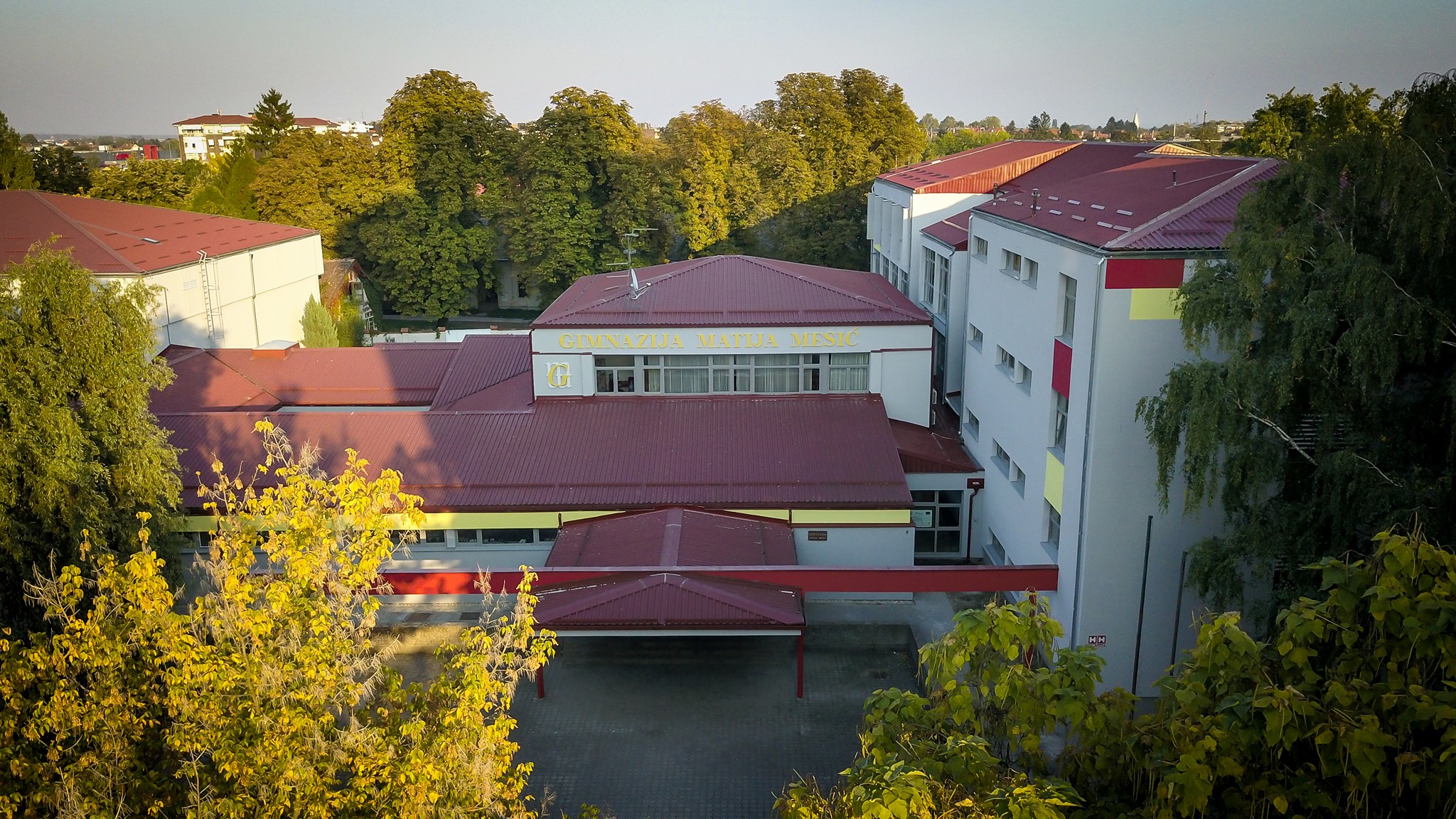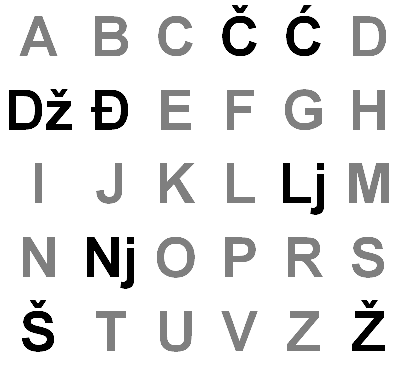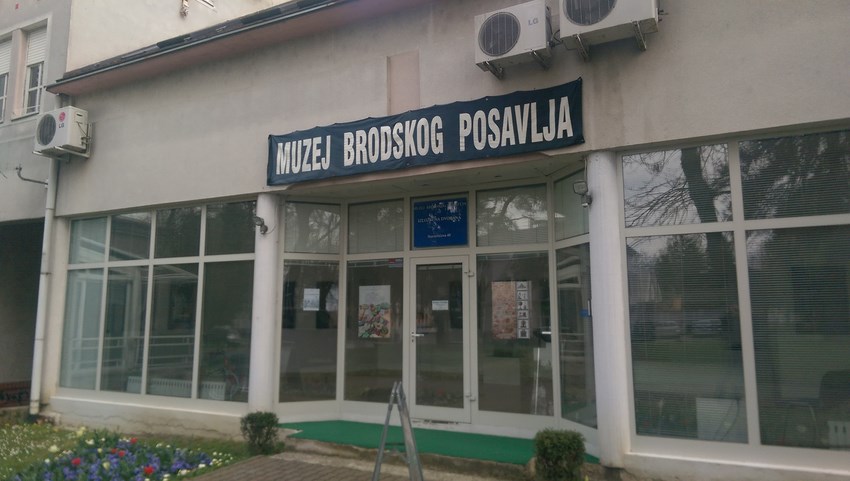November 21, 2020 - How difficult is it to learn Croatian? Slavonia students from one high school learned it's really not so easy for people to correctly use their own language
How difficult is it to learn Croatian? Well, it's pretty difficult. Croatians know this best of all and will be reasonably impressed if you make any advances in trying to speak their language. A professor of linguistics from Zagreb University once told this writer that to be able to regard yourself as wholly proficient in the Croatian language, you would have to study it to no less than university level. Naturally, not every speaker of Croatian has done so.
Slavonia students from a high school in Slavonski Brod were recently tasked with looking for mistakes in the use of Croatian language in public places. So complex is the Croatian language, spelling and grammar mistakes are commonplace. The teacher assigning the task, Vesna Nosić from Matija Mesić high school, was no doubt confident her students would uncover some mistakes. However, the grand total of 300 spelling and grammar mistakes the Slavonia students found is possibly more than was bargained for. Particularly as those found were all assigned to public places. Matija Mesić high school in Slavonski Brod, where Slavonia students made their findings © Matija Mesić high school
Matija Mesić high school in Slavonski Brod, where Slavonia students made their findings © Matija Mesić high school
The misspelling or incorrect translation of food items on a restaurant or tavern menu is a regular cause of amusement in Croatia. But, the mistitling of public places - streets, squares, companies, monuments, traffic signs and even schools – is perhaps more surprising. These are places you walk past every day.
The Slavonia students were given the high bar of the official standards of Croatian language set by the Institute of Croatian Language and Linguistics. Their teacher, Vesna Nosić, has published their findings in the popular science journal Hrvatski jezik (Croatian language), which is published by the institute. Croatian language is something of a national obsession in Croatia, its acceptance as the official language very closely linked to the country's struggle for autonomy. For most of its history, the lands of modern-day Croatia were controlled by empires for whom Croatian was not their language. The use of foreign tongues has been imposed on the population of Croatia for centuries.
The most common mistakes made in the Croatian language are related to the incorrect use of the sounds ć and č, đ and dž. The letters here come from Gaj's Latin alphabet, devised by Croatian linguist Ljudevit Gaj in 1835. It is the Latin script used across the region in which to write the similar languages of Bosnian, Croatian, Serbian, and Montenegrin (in Bosnia, Serbia and Montenegro, the Cyrillic alphabet is used as well as Gaj's Latin alphabet).
The contemporary version of Gaj's Latin alphabet (it originally contained Dj, which was replaced by đ. This alphabet ihe easiest part of learning Croatian - within 15 minutes, almost anyone can correctly pronounce all Croatian words by using this. In comparison to the Latin alphabet used by English speakers, the letters q,w,x,y are omitted. Instead, we get the additional č, ć, dž, đ, lj, nj, š and ž. Looks difficult? It isn't. Almost all of these sounds exist within the English language. Except for lj which, to English speakers, is torturously missing some kind of vowel © Albatalad
Mistakes between the ć and č or đ and dž sounds are understandable if you can pronounce Gaj's Latin alphabet. And anyone can. The easiest part of learning Croatian is Gaj's Latin alphabet – all of the sounds exist within the English language, all of the letters are always pronounced in exactly the same way (unlike English). The difference in sound between ć and č or đ and dž in spoken Croatian is difficult to perceive if you are not a native speaker (often, even if you are!)
Some of the mistakes found by the Slavonia students are perhaps more forgivable – the standard of Croatian their comparisons was made against is rigid. Thus, pekarna (bakery) instead of pekarnica, or dućan (shop) instead of trgovina were classed as mistakes, but are actually in everyday use on streets across Croatia.
Other mistakes found relate to grammar, spelling and the misuse of upper case or lower case lettering. For instance, Ulica Pavleka Miškina should be written Ulica Pavleka Miškine (the word ending changes to denote it is the street of Pavlek Miškina), Crkva Gospe od brze pomoći, should be crkva Gospe od Brze Pomoći; Muzej Brodskog Posavlja should be Muzej brodskoga Posavlja and Šetalište Braće Radić should be Šetalište braće Radića (denoting it is the promenade of the Radić brothers). Not sure which words should be in upper case or lower case in Croatian? Write everything in upper case - problem solved! © Slavonski Brod Tourist Board
Not sure which words should be in upper case or lower case in Croatian? Write everything in upper case - problem solved! © Slavonski Brod Tourist Board
Sitting to one side and watching how others do something, judging them, then informing them they are doing it incorrectly is not the most pleasant way to occupy your time. However, for the purposes of this study, this not-uncommon activity in Croatia is exactly what was asked of the Slavonia students. However, as noted in today's coverage of this story in Index, there is a great saying in Croatian that serves as a response to any unwanted judgments coming from those on the sides - “clean up the trash in front of your own doorstep before you discuss that which lies in front of your neighbour's”. And, that's exactly what the Slavonia students did – and found out that the name of their own school was spelled wrong.


